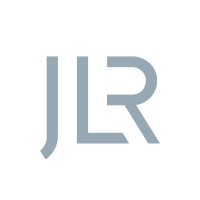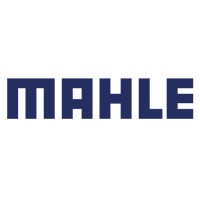
JLR
Every vehicle. Every innovation. Every bit of momentum in over 170 markets worldwide. None of it would be possible without the expertise, drive and continued ambition of our people. We’re proud of our heritage, but it’s our vision for the future that excites us most. Right across our business, everybody plays a crucial role in the ever-evolving JLR journey. And with exciting new products, cutting-edge facilities and continued growth into new markets, there has never been a more exciting time to join us. We may be renowned for our iconic vehicles, but our drive for excellence covers more than premium design and world-class engineering. Ours is a truly global business, with the opportunities to match. You can learn more about our business areas and current opportunities here on the JLR Linked Company pages. This is also the place to ask any questions you may have, share your experiences and talk to the other talented individuals who are thinking about joining us. We look forward to talking with you.






